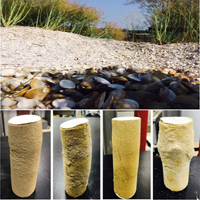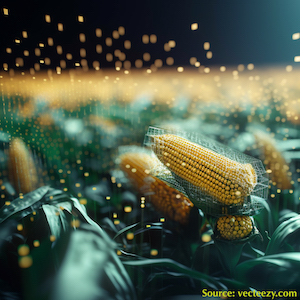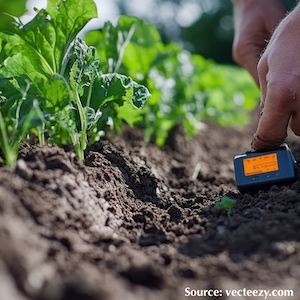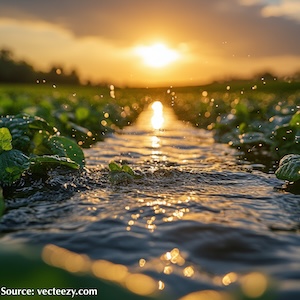Original Articles
Vol. 51 No. 3 (2020)
Shear strength of soil by using clam shell waste as recycle aggregate

Publisher's note
All claims expressed in this article are solely those of the authors and do not necessarily represent those of their affiliated organizations, or those of the publisher, the editors and the reviewers. Any product that may be evaluated in this article or claim that may be made by its manufacturer is not guaranteed or endorsed by the publisher.
All claims expressed in this article are solely those of the authors and do not necessarily represent those of their affiliated organizations, or those of the publisher, the editors and the reviewers. Any product that may be evaluated in this article or claim that may be made by its manufacturer is not guaranteed or endorsed by the publisher.
Received: 22 December 2019
Accepted: 15 June 2020
Accepted: 15 June 2020
1772
Views
677
Downloads
66
HTML









